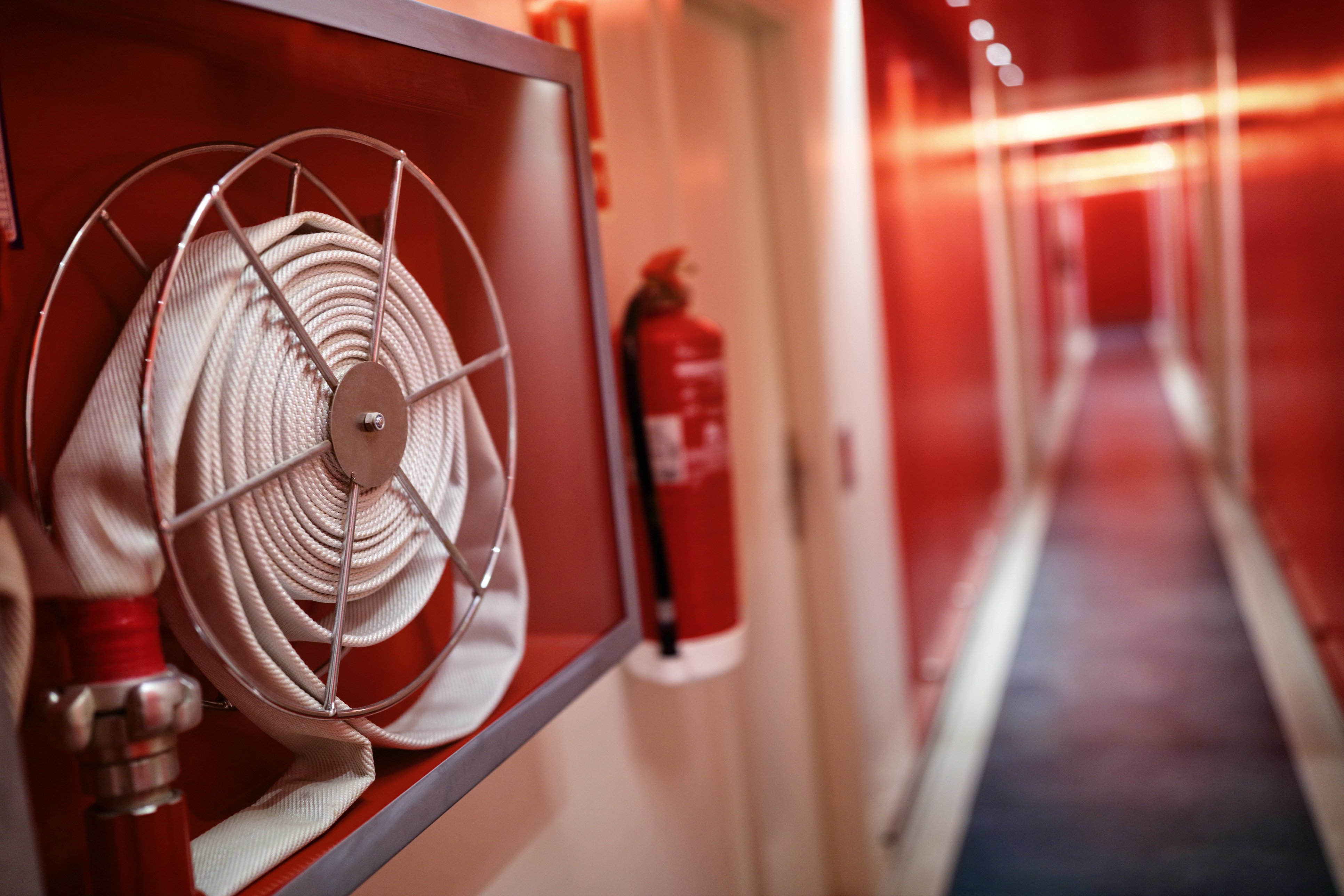Bounce houses and trampolines are popular sources of fun and entertainment for children, but they can also lead to severe injuries. If your organization allows bounce houses and trampolines on its property, it’s crucial to establish guidelines to mitigate risks and ensure the safest experience possible.
How injuries occur
Injuries from trampolines and bounce houses are similar and often involve sprains and fractures of the upper or lower extremities (arms and legs), as well as head and neck trauma. A study examining the safety of bounce houses found that most injuries result from falls inside or outside the bounce house, collisions between children, faults in the anchoring system, and wind gusts. The U.S. Consumer Product Safety Commission (CPSC) recently updated its guidance on anchoring bounce houses to the ground due to several incidents where wind gusts sent bounce houses airborne with children inside.
Trampoline injuries occur when children fall on the springs or frame or land awkwardly while jumping or attempting stunts. Key risk factors include lack of adult supervision and the use of equipment by an excessive number of children of different ages and weights.

Should they be allowed?
Dr. Randall Loder, the lead author of a study on trampoline injuries in children, noted that such amusements are a “significant public health problem” and should not be allowed in backyards.
Elizabeth Owens, HAI Group risk control director, notes that given the high risk of injury, bounce houses and trampolines should be prohibited by your organization through a policy or lease addendum. Owens recommends including policy language that grants your organization the right to remove a trampoline or bounce house if necessary and states that your organization is not liable for any issues or injuries.
Before considering any resident requests for accommodation (e.g., a small trampoline for indoor fitness activities), consult with your legal department and follow your organization’s policy. Direct the resident on how to file the proper notice and advise what supporting documentation is required, per your legal department’s advice.
Guidelines for safe operation
If you choose to allow trampolines and bounce houses in your community, or decide to bring either onto your property for a special event, we suggest consulting with your legal department and following these guidelines:
Installation:
- Rent bounce houses from reputable and insured companies that provide proof of insurance. If a resident is renting a bounce house, they should also provide proof of renters’ insurance with general liability coverage.
- Follow the manufacturer’s instructions for installation and use.
- Ensure equipment is correctly secured and tethered in place.
- Install only on level surfaces free of objects and away from branches or power lines.
- Prohibit the use of equipment without manufacturer-provided safety equipment (e.g., nets and pads).
- Use heavy rubber mats at the base and entrance of bounce houses.
- Require regular inspections of any resident-owned equipment for wear, tear, or deterioration.
Proper Use:
- Require adult supervision at all times.
- Limit use to children ages six and older.
- Allow no more than three children of similar size and age in a bounce house at the same time.
- Allow only one person at a time on a trampoline.
- Prohibit flips, somersaults, or horseplay, as these activities result in the most severe injuries.
- If a bounce house begins to lose air, stop play and exit immediately.
- Prohibit shoes, eyeglasses, and jewelry. Remove all sharp objects from pockets before using a bounce house or trampoline.
By following these guidelines, you can help ensure a safer environment for children while still allowing them to enjoy the fun of bounce houses and trampolines.
Contact our Risk Control and Consulting team for more resources and answers to your housing organization’s risk-related questions.
This article is for general information only. HAI Group makes no representation or warranty about the accuracy or applicability of this information for any particular use or circumstance. Your use of this information is at your own discretion and risk. HAI Group and any author or contributor identified herein assume no responsibility for your use of this information. You should consult with your attorney or subject matter advisor before adopting any risk management strategy or policy.






